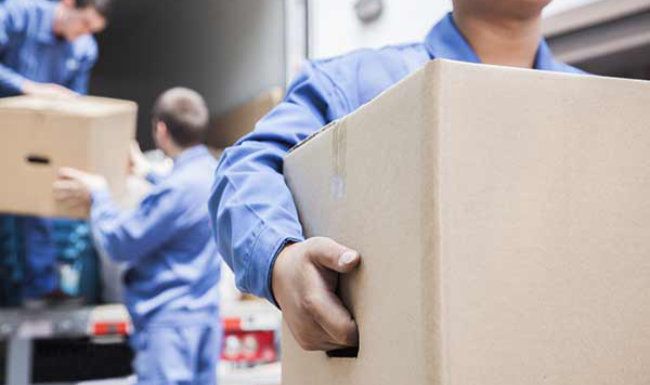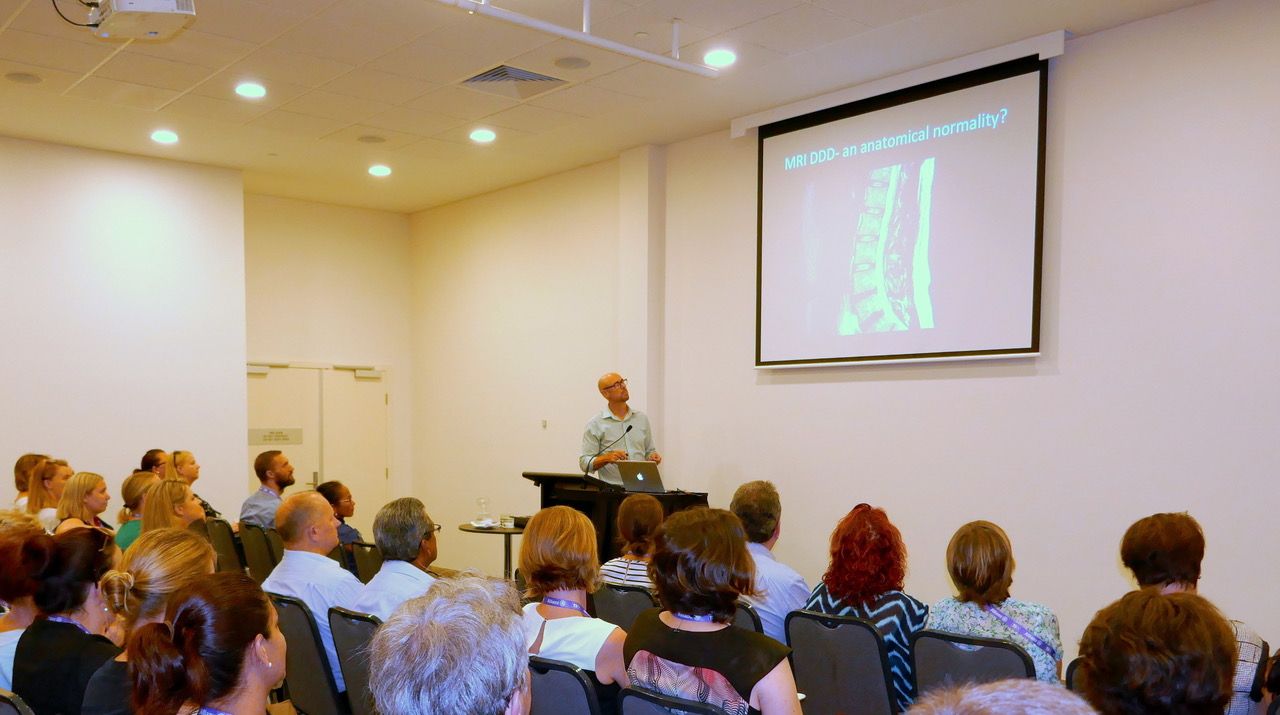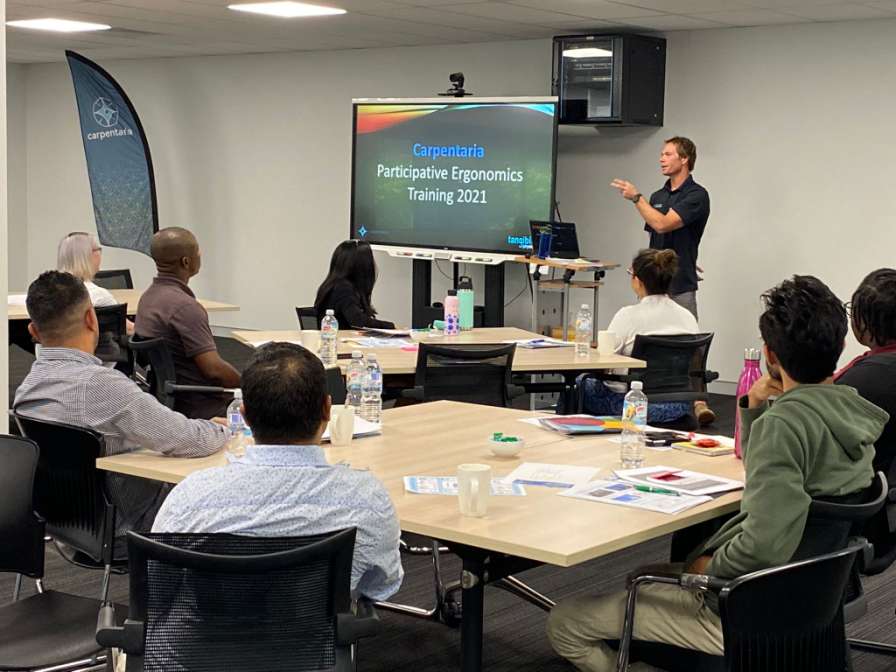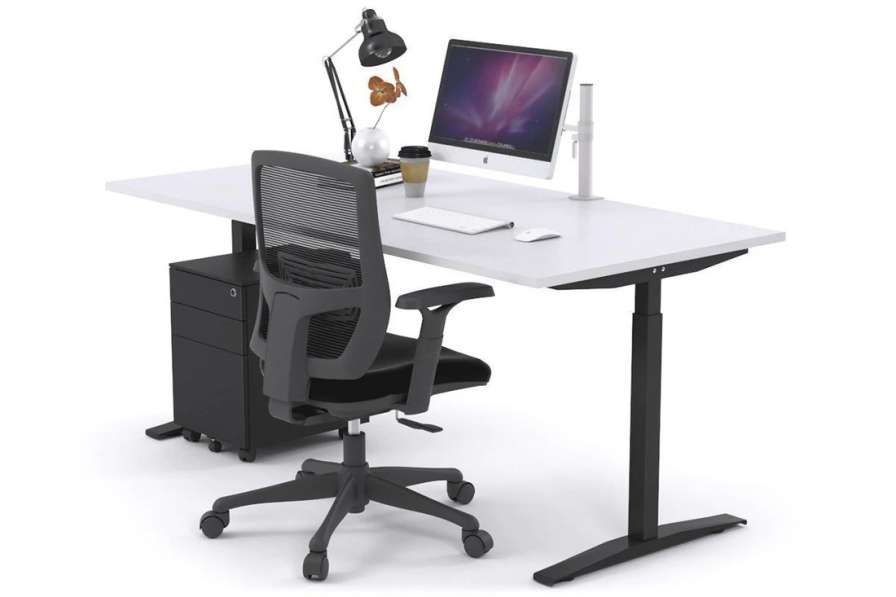We're getting better, but preventable injuries still happen
Musculoskeletal (MSK) injuries are among the most prevalent health risks to Australian workers. Pleasingly, serious injuries and workers compensation claims have steadily declined over the past two decades, however there are still thousands of avoidable incidents in Australian workplaces every year, many due to poor manual handling practices. Injuries often relate to tasks including repetitive or sustained force, high or sudden force, repetitive movement, sustained or awkward posture and exposure to vibration. Workers undertaking these tasks can experience body stressing injuries, potentially rendering them unfit for their normal role for extended periods of time. Our training aims to help workers recognise these hazardous task characteristics before they cause injury to themselves or others.










